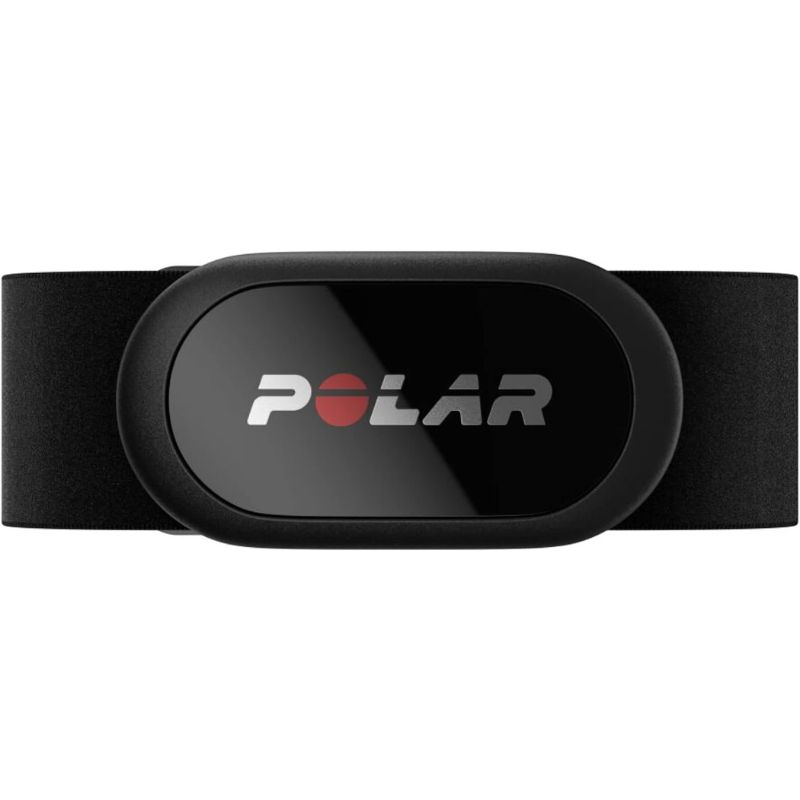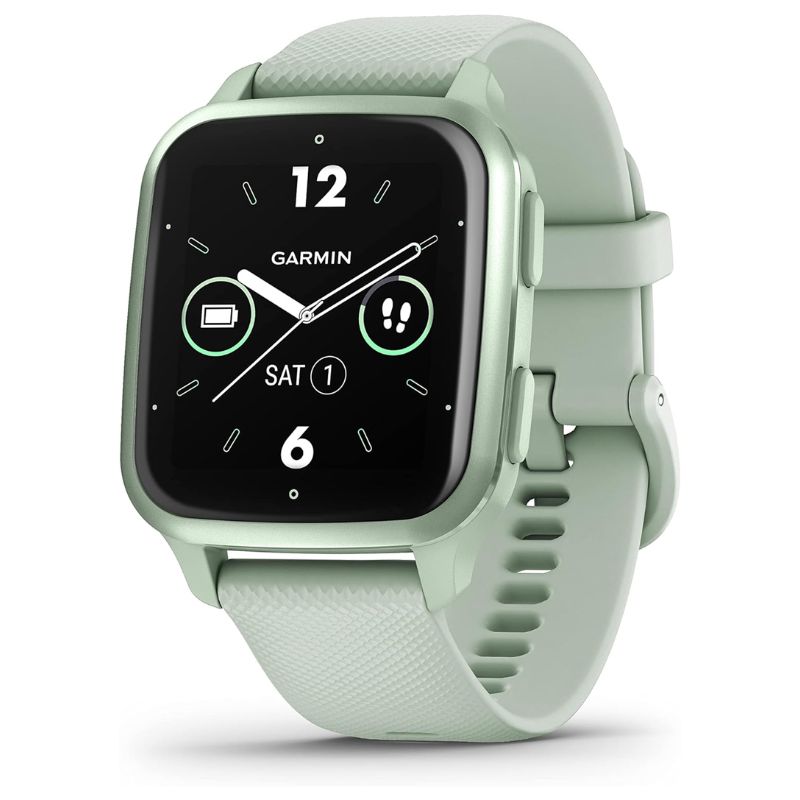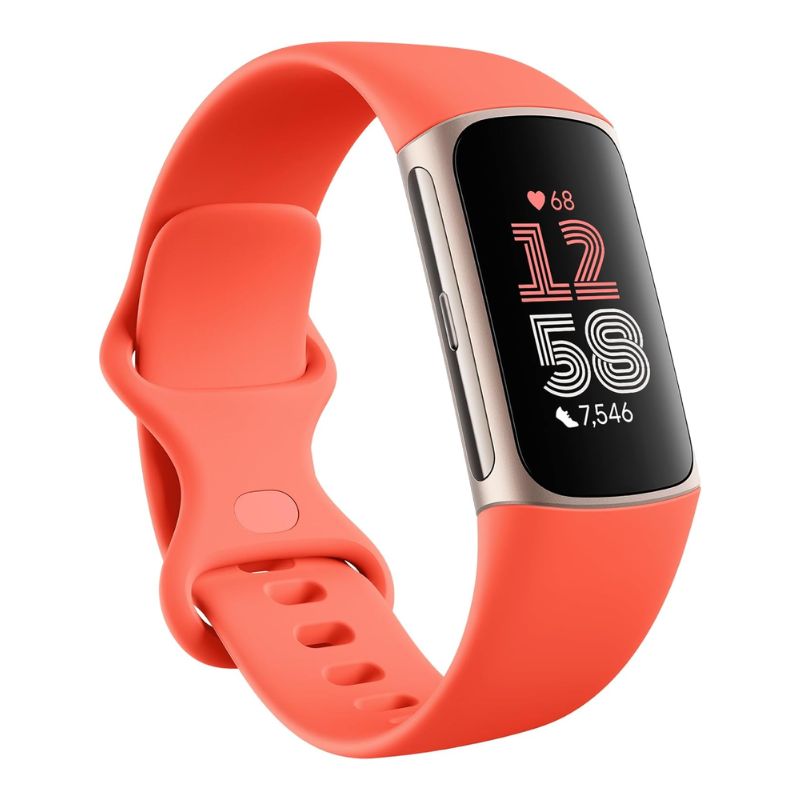What is 80/20 running? A personal trainer reveals why this method is so good for beginners
The 80/20 running method can help to improve your fitness and enjoy your runs so much more


The 80/20 running method could be for you if you're looking to improve your fitness, get your first 5km run in the bag, or just supplement your training schedule with a little more cardiovascular exercise.
There are so many benefits of running to be had, from improved cardiovascular health to mental health, but they often come when you do the most unexpected thing - go as slow as possible. That's right, even elite athletes slow their pace right down to perform best on race day and that's where the idea of 8/20 running comes from.
The concept of 80/20 (also known as the Pareto Principle) resolves around intensity for 20% of the time and easy exercise for the major 80%. It's nothing new - we just need to look at other ways the rule has been used, like the 80/20 diet rule for weight loss, to see that - but the term in running is widely attributed to Dr Stephen Seiler, a professor of sports science at the University of Agder in Norway. Some years after Dr Seiler's report, sports nutritionist and endurance runner Matt Fitzgerald developed the concept into a book.
For new runners, it can be the difference between easing into the sport and enjoying it or giving up at the first hurdle. As Lucie Cowan, a certified personal trainer and master trainer at Third Space, explains, "The 80-20 running principle is a balanced and effective training method that can help you achieve your fitness and performance goals while safeguarding your wellbeing. By properly allocating your training efforts, you can become a more efficient and resilient runner." So, what's this type of running all about? Here, Cowan explains more, plus how to get into 80/20 running yourself if you're looking to improve your fitness.
What is 80/20 running?
The 80/20 running method looks closely at how we distribute our training, Cowan says. "For optimal performance and fitness gains, approximately 80% of your running should be at a low or moderate intensity, while the remaining 20% should be at high intensity. This principle has gained popularity in the running community for its potential to maximize results while minimizing the risk of overtraining and injury," she explains.
When we talk about low-intensity, this means running but not with so much effort that you can't maintain a conversation. You should be able to talk to a friend while running at a low intensity, so for those looking to try and learn how to start running as a beginner, this is a great way to ease into the sport and stay motivated. Not only can it be a way to socialise but you also won't feel wheezy, out of breath, or uncomfortable for those first few runs, and so more likely to go again.
By the time the 20% workouts come around, you'll already have a couple of low-intensity sessions behind you to boost your confidence.
Sign up for the woman&home newsletter
Sign up to our free daily email for the latest royal and entertainment news, interesting opinion, expert advice on styling and beauty trends, and no-nonsense guides to the health and wellness questions you want answered.
Here's a breakdown of the 80/20 running principle:
- Low-intensity training: This makes up 80% of all the runs you do, says Cowan. "The majority of your training time is spent at a low to moderate intensity. This includes easy-paced runs, long slow distance (LSD) runs, and recovery runs. These workouts help build endurance, improve aerobic capacity, and facilitate recovery between more intense sessions."
- High-intensity training: "The remaining 20% of your training is dedicated to high-intensity workouts," she says. "This category includes speed work, interval training, hill sprints, and tempo runs. These high-intensity sessions challenge your anaerobic system, increase speed, and push your physical limits." If you're looking to get faster or run for longer, it's this 20% that needs to be consistent in your training.

Lucie is master trainer for classic group exercise at Third Space London. She developed her knowledge and skills in the fitness industry over a number of years alongside working in the science sector and holds three medical science degrees, a Bachelors (BSc), a Masters (MSc) and a Doctorate (PhD). Her role as Master Trainer combines her love for teaching classes, whilst supporting and training other instructors to excel at their passion and inspire their own class members.
How to follow the 80-20 running format
1. Work out your current fitness level
The great thing about running is that pretty much anyone can do it, all you need is a pair of the best running shoes (and clearance from your doctor, if you're totally new to exercise). However, it's important to not go charging into running full steam ahead. Checking in with where you are right now is the best place to start.
"Assessing your current fitness level will help you determine the right balance of low and high-intensity workouts," says Cowan. "If you're new to running, focus on building your aerobic base with more low-intensity sessions initially."
You might also like to supplement your running with some strength training, either general practice or specific strength training for runners, to decrease the risk of injury.
2. Use a heart rate monitor
Having a heart rate monitor, either strapped to your chest or on your wrist via a Garmin watch or one of the best Fitbits, can be useful for those new working out at a certain intensity every session. The data on your phone or on the watch will be able to tell you which heart rate zone you're working in and whether you're working too hard or not hard enough.
It's something that many runners use, notes Cowan. However, you can also use a different metric if you're not keen on fitness trackers: perceived effort. "Perceived effort relies on how hard the workout feels," the PT explains. "This is especially useful for beginners who may not have access to heart rate monitors."
So, for example, you should consider your effort to be close to maximum during your 20% intensity workouts, pushing as hard as you can. For the 80%, as noted, you should consider these lower-effort workouts and be able to breathe freely, maintain a conversation, and so on.

The Polar H10 Heart Rate Monitor is an easy, discreet way to monitor your heart rate while on the move. The sensor, which sits on a strap under your sports bra on the breast bone, collects data (which you can then view via the app on your phone) on your heart rate, the heart rate zone you're working in, and how much effort you're putting in.

The Garmin Venu Sq 2 is a smart watch that does everything from tracking your heart rate, heart rate zones, and perceived effort to counting your steps, tracking your runs via GPS, reviewing your sleep quality, and so much more. If you're looking to start running more often, this watch is an on-wrist essential.

With better GPS and heart rate monitoring than ever before, this is the newest Fitbit on offer. I do find that Garmin heart rate monitoring is a little more pinpoint accurate and the display makes it easier to see what zone you're in, but the Fitbit Charge 6 is another great option for those new to running at a more budget-friendly price point.
3. Plan your workouts
"Create a training plan that clearly defines your low and high-intensity workouts," suggests Cowan. "Designate specific days for high-intensity sessions, such as interval runs or tempo runs, and keep the rest of your training at a lower intensity. This structured approach ensures you adhere to the 80/20 ratio."
For help with this, try one of the best running apps like Runna. The tailor-made running plans will take your current fitness level into account to help you achieve your goals through a variety of running types - including low- and high-intensity runs.
4. Monitor your workouts
Here's the good bit - by tracking your workouts, you can see the progress you've made. No matter your goal, whether that's running for weight loss or training for a marathon, being able to look back and see how much you've achieved will do wonders for your confidence both in and out of your running trainers.
"This can be done through performance metrics, like race times, distance covered, or simply how you feel during workouts," says the trainer. "Adjust your training as needed based on your progress and feedback from your body."
5. Listen to your body
While 80/20 running might be mostly low-intensity work, that doesn't mean you won't be feeling sore after the first week. As with any type of exercise, it's important to listen to your body.
"If you feel fatigued, it's crucial to respect your limits and take additional rest or easy days. Overtraining can be counterproductive, so balance high-intensity sessions with adequate recovery," says Cowan. "And if you're uncertain about structuring your training, consider consulting a running coach or using training resources specifically designed for the 80/20 method, as professional guidance can help you tailor your workouts to your individual needs."

What could a 80/20 running plan look like?
Whether you run once a week or five times a week, you can use this principle to organise your exercise routine. Around this, it's a good idea to incorporate some strength training as noted, but other forms of cross-training are also beneficial, like yoga. Here are a couple of examples to show how it might work:
- 5km run, once a week: Taking the national women's average of 35 minutes, you can split your one run a week into 28 minutes of easy running and 7 minutes of running at a more intense pace.
- Three runs a week, 30 minutes each: If you run for 30 minutes a day three times a week, one of these runs should be at a faster pace (either interval training, hill training, or sprints), with the other two at a recovery pace and a gentler pace. For those looking to run further, one of these gentler runs could be for more than half an hour, increasing by five minutes each week.
- Five runs a week, between 30 minutes and an hour: You don't need to run five times a week to make progress by any means but if it's what you enjoy, then to incorporate the 80/20 principle, four of these runs should be at a low intensity with one at a higher intensity.
Why 80/20 running is great for beginners
The 80/20 running principle is suitable for beginners and a great way to improve your fitness for three main reasons, Cowan explains:
1. 80/20 running helps to build a solid aerobic foundation
"For beginners, developing aerobic capacity is essential," she says. This is the maximum amount of oxygen you can use per unit of time and body weight - but more simply, it's how well you can breathe during exercise.
The better your aerobic capacity, the easier you'll find it to run and actually enjoy running. The easiest way to improve this capacity is by running slowly, which is largely what the 80/20 method is all about.
2. It can help to prevent injuries
Unfortunately, those new to running are particularly prone to injuries. It's a full-body workout that uses pretty much every muscle there is, so your body is bound to feel the impact if you're not used to it.
"By dedicating the majority of training to low-intensity sessions, new runners reduce the risk of overuse injuries," says Cowan. "Slow, steady progress minimizes the strain on muscles and joints, helping them acclimate to the sport."
It's also why pairing running with stretching (via one of the best stretching apps, perhaps) or yoga for beginners can be hugely beneficial both pre- and post-workout.

3. 80/20 running can help keep you motivated
Studies show that the number one reason why people stop exercising is boredom. Mixing things up with different workouts every week can help you stay on track, Cowan says.
"Incorporating different types of runs, including occasional high-intensity sessions, adds variety to the training routine. This variety can keep newcomers motivated and engaged, as they see progress in both their aerobic endurance and their ability to tackle more challenging workouts."
We're talking about the 80/20 running method here but the same principle can be applied to any activity you want to make progress in. "It's adaptable to various sports and activities, whether you do cycling as a workout or swimming as a workout, you can apply the 80/20 concept to your training," says Cowan. "This versatility makes it a valuable method for athletes in different disciplines to enhance their performance and fitness while reducing the risk of overtraining."

Grace Walsh is woman&home's Health Channel Editor, working across the areas of fitness, nutrition, sleep, mental health, relationships, and sex. She is also a qualified fitness instructor. In 2025, she will be taking on her third marathon in Brighton, completing her first ultra marathon, and qualifying as a certified personal trainer and nutrition coach.
A digital journalist with over seven years experience as a writer and editor for UK publications, Grace has covered (almost) everything in the world of health and wellbeing with bylines in Cosmopolitan, Red, The i Paper, GoodtoKnow, and more.
-
 Princess Beatrice just wore the maxi dress I've got my eye on for summer occasions - and she styled it with comfy Zara flats
Princess Beatrice just wore the maxi dress I've got my eye on for summer occasions - and she styled it with comfy Zara flatsShe took style tips from Kate Middleton, choosing chic French brand Sezane
By Caroline Parr Published
-
 Royal style made casual - Zara Tindall's one-shoulder dress, denim jacket and Aspinal bag are the epitome of chic summer comfort
Royal style made casual - Zara Tindall's one-shoulder dress, denim jacket and Aspinal bag are the epitome of chic summer comfortZara Tindall's outfit in Bahrain was a more relaxed take on her signature style and was made up of timeless staples.
By Emma Shacklock Published